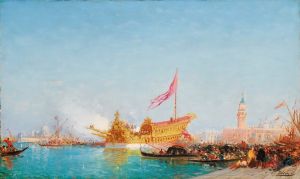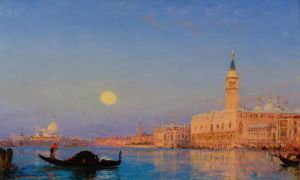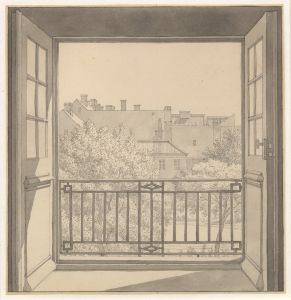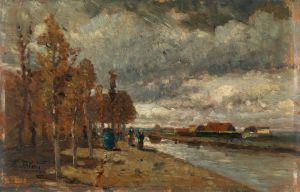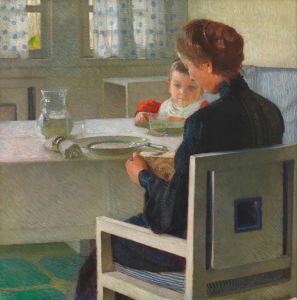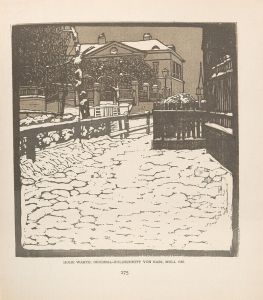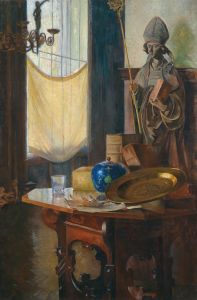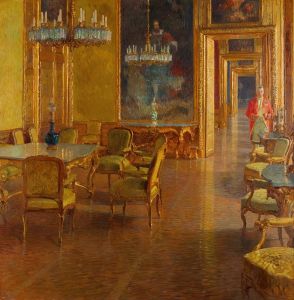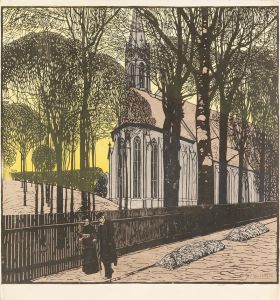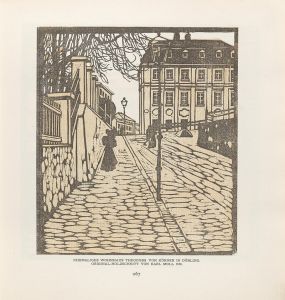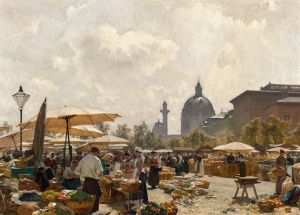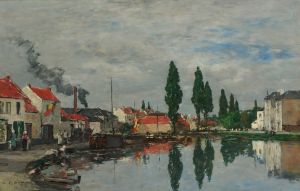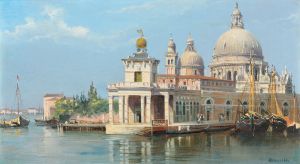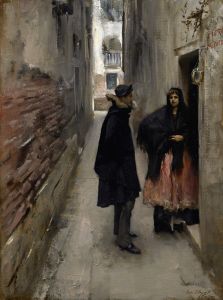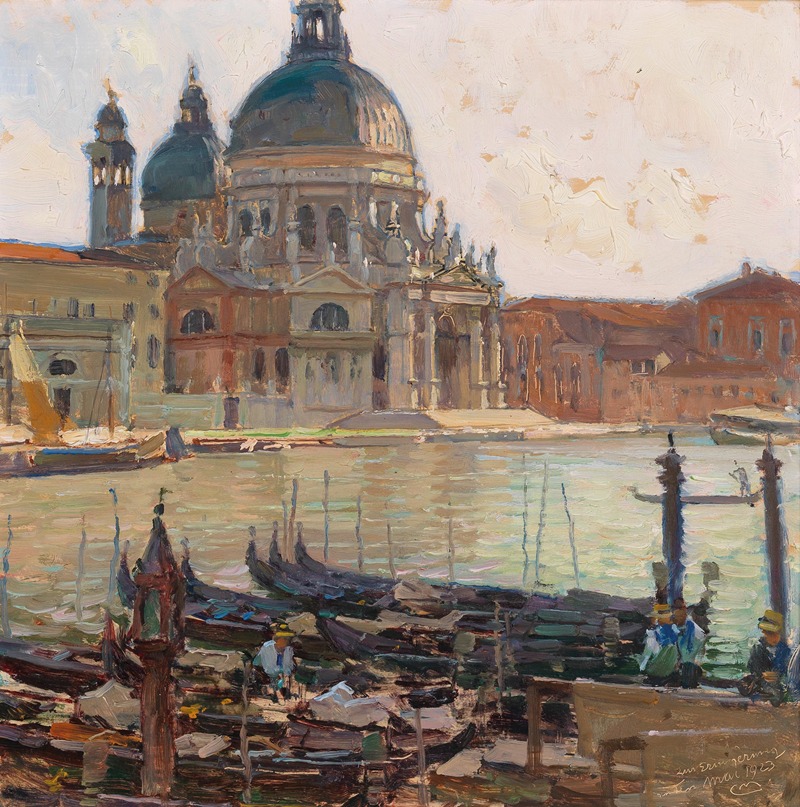
Santa Maria della Salute, Venice,
A hand-painted replica of Carl Moll’s masterpiece Santa Maria della Salute, Venice,, meticulously crafted by professional artists to capture the true essence of the original. Each piece is created with museum-quality canvas and rare mineral pigments, carefully painted by experienced artists with delicate brushstrokes and rich, layered colors to perfectly recreate the texture of the original artwork. Unlike machine-printed reproductions, this hand-painted version brings the painting to life, infused with the artist’s emotions and skill in every stroke. Whether for personal collection or home decoration, it instantly elevates the artistic atmosphere of any space.
Carl Moll was an Austrian painter associated with the Vienna Secession movement, which was known for its innovative approach to art at the turn of the 20th century. One of his notable works is "Santa Maria della Salute, Venice," which captures the iconic basilica located in Venice, Italy. This painting is a testament to Moll's skill in landscape and architectural representation, as well as his ability to convey the unique atmosphere of a place.
Santa Maria della Salute, often simply referred to as the Salute, is a Roman Catholic church and minor basilica located at the junction of the Grand Canal and the Bacino di San Marco in Venice. It is one of the most photographed and painted landmarks in the city, known for its distinctive Baroque architecture. The church was designed by Baldassare Longhena and completed in 1681. It was built as a votive offering to the Virgin Mary in gratitude for the city's deliverance from the plague that struck Venice in 1630.
Carl Moll's depiction of Santa Maria della Salute reflects his keen interest in capturing the interplay of light and architecture. His work often features a meticulous attention to detail and a subtle use of color, which can be seen in the way he renders the basilica's intricate façade and its reflection on the water. Moll's painting style is characterized by a blend of realism and impressionism, allowing him to convey both the grandeur of the structure and the serene ambiance of its surroundings.
The painting likely captures the basilica from a vantage point that emphasizes its prominent position in the Venetian skyline. The composition would typically highlight the church's massive dome and the smaller domes that surround it, along with the elegant scroll buttresses and volutes that are characteristic of Longhena's design. The use of light in the painting would play a crucial role in bringing out the textures of the stone and the play of shadows, which are essential elements in Moll's work.
Moll's interest in Venice and its architecture is not unique among artists of his time. The city has long been a source of inspiration for painters, writers, and musicians, drawn by its rich history, unique urban landscape, and the interplay of light on water. Moll's painting of Santa Maria della Salute fits within this tradition, offering a personal interpretation of one of Venice's most celebrated architectural masterpieces.
As a member of the Vienna Secession, Moll was part of a movement that sought to break away from traditional academic art and explore new forms and techniques. This context is important in understanding his approach to painting, which often involved a focus on mood, atmosphere, and the subjective experience of a place. His work on Santa Maria della Salute can be seen as an exploration of these themes, capturing not just the physical structure of the basilica but also the emotional and aesthetic impact it has on viewers.
In summary, Carl Moll's "Santa Maria della Salute, Venice" is a significant work that showcases his ability to blend architectural precision with atmospheric depth. It stands as a fine example of his contribution to the Vienna Secession and his broader artistic legacy.





